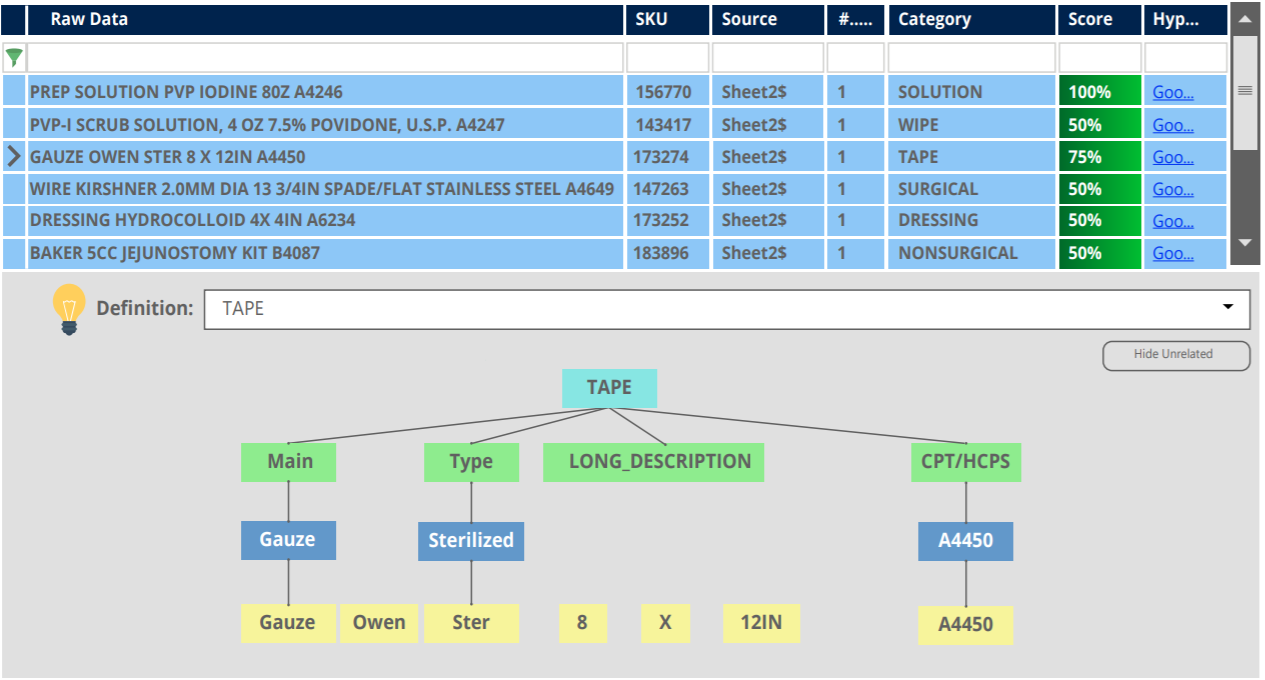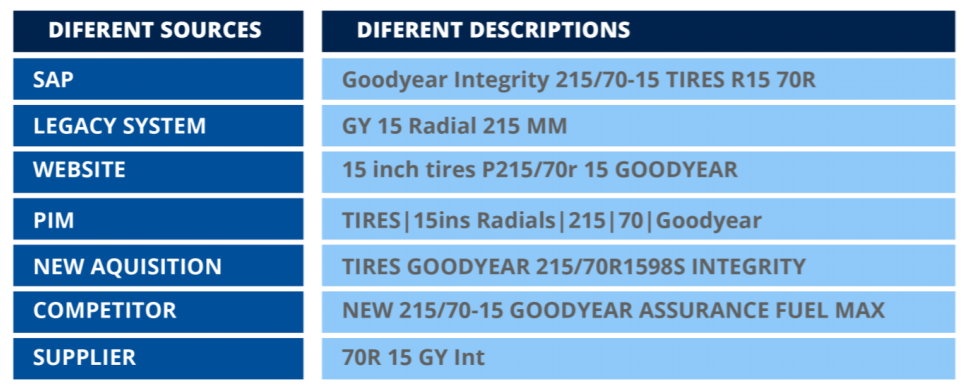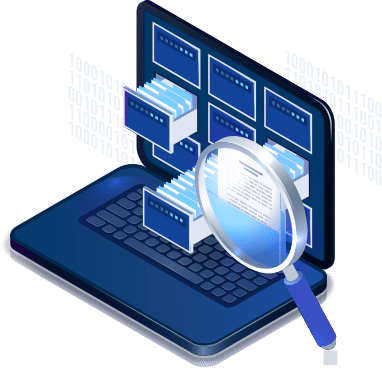Unlike traditional stores, digital retailers rely on the effective categorization and dissemination of their product data on their web pages. So having accurately categorized product data on their website is critical if they want higher conversions and sales rates.
Unfortunately, over 80% of retail customers we’ve worked with are not satisfied with the quality of their product data. Less than 23% of them have a product data governance framework in place.
They lose out on opportunities, reporting poor sales and low customer approval ratings.
What’s the problem with product data and what product governance steps can retail businesses take to ensure the quality of their product?
Let’s see.
Problems with Product Data
Challenges with product data quality are covered extensively in our previous blog in this series: product taxonomy 101. Here’s a quick recap of the top five product data challenges:
- Product data consists of complex, unstructured data making it challenging to clean, sort and categorize.
- Variations in descriptions. Vendors and suppliers may write the same information in diverse ways.
- Because data is supplied from multiple sources, it becomes challenging to sort data and ensure its completeness and accuracy. Many vendors and suppliers send over incomplete and inaccurate data about a product.
- Companies usually do not have a framework or a taxonomy in place to categorize this data.
- Spreadsheets are still used to manually sort, clean and create categories for product inventories
With these challenges in tow, companies are at a loss. But it doesn’t have to be that way if companies invested in implementing a product data governance framework.
Here’s how.
What is a Product Data Governance Framework?
Generally, a data governance framework is an organizational effort to secure, analyze, and manage customer data. According to HubSpot:
“Data governance outlines where you’ll collect data, how you’ll secure it, and who can distribute it.”
But product data governance is different from the usual data governance.
In product data, you’re essentially dealing with attributes.
Here’s an example:
Product text:
HP Spectre x360 Convertible Laptop 8th Gen Ci7
Product attributes:
- Brand Name: HP
- Model: Spectre x 360
- Type: Convertible
- Generation: 8th
- Processor: Ci7
Some companies will add additional information to this product especially if it is a price-defining factor such as memory and storage capacity. The same description above will have:
Storage: 256 GB, 512 GB SSD or HDD as essential attributes.
Your data governance strategy for product data will have to do with the categorization & optimization of attributes – and therein lies the biggest challenge.
There is no universal structure to product data. Using the same example above, Vendor A will write it as HP Spectre Convertible 512 GB 8th GEN Ci5 while Vendor B will be writing it as HP Spectre Convertible, 512 GB, Black and Gold, Core i5, 8th Gen. Vendor B now introduced a new color attribute. The online retailer will have their own taxonomy under which these descriptions are to fit. This challenge is amplified when the retailer wants to do a catalog matching with or between vendors only to discover variations in attributes.
This is where retailers will need a product data governance framework that focuses on:
- Enabling retailers to get a single source of truth for all of their products
- Product data standardization and deduplication
- Product taxonomy development
- Making data quality a mandatory process
Unlike customer data, product data cannot be ignored or left to decay. It also cannot be left to guesswork. If retail websites do not have a proper hierarchy and a classification system, it directly impacts sales.
If a customer can’t find what they look for, there’s no sale!
A well-defined framework makes it easier for the retailer to consolidate information from multiple vendors at an attribute level and giving them the insights and analytics they need to grow their business.
Obtaining a Single Source of Truth
Retailers procure product information from a combination of sources and channels that include image pools, data pools, and third-party providers. A simple image explains the concept. :
Notice how multiple sources have varying descriptions for the same product? This is just one example. Imagine the same example when they are multiple vendors and suppliers involved. The data is clogged with information that needs to be sorted, cleaned, and brought into a single frame to get a complete picture. A single source of truth is a consolidated version of multiple truths that can help retailers with inventory management and product matching.
Furthermore, multiple data sharing and handling mechanisms coexist; including Excel files, portals, forms, and unstructured emails, causing data redundancy and poor data quality.
Here’s the same descriptions unified into a single source of truth after using ProductMatch.
For this to happen though, the product data needs to be cleansed and deduped, leading to the second important part of the framework:
Data Cleansing and Standardization at Scale
Unstructured data can become unmanageable very quickly. Hence, it’s imperative that product data cleansing and standardization form the core of a product data governance framework which involves activities as:
- Transforming raw data into usable data
- Standardizing unstructured data to defined standards and formats (for example, using upper case for all brand names)
- Cleaning data from typos, spelling errors, abbreviations and inconsistencies
- Parsing and deduplicating data to remove redundant information
- Identifying and treating null or missing data
- Refining data for product matching
Clean and normalized data leads the way to efficient product match and classification activities. In fact, clean data is the very foundation of any data-driven activity. If you don’t have clean data, you don’t have data you can trust.
Product Taxonomy Development
Retailers that have well-established product taxonomies report better sales and higher conversions. Taxonomies give sense and order, enabling the easy creation of categories that can be used in the database and on the website.
If taxonomies are created for each of your main product items, you can easily update, remove or add in new information in the taxonomy. This in turn will help in creating breadcrumbs for every product page. The effort spent on creating a taxonomy benefits the business on both fronts.
Take, for instance, the image given below. This is how the taxonomy of a product item TAPE would look like if you used an automated tool like ProductMatch to classify your data.

Data Quality as a Mandatory Process
Retailers know they need to make sense of their data – but what they don’t know is how to implement a data quality process. Data quality has always been a sort of a peripheral notion. It’s there, in the background, prompting companies to acknowledge a problem with their data — which they do, but remedial actions usually don’t address the problem well enough.
For retailers, data quality is now more than just fixing typos or removing duplicates.
The growth in the number of SKUs from sub-brands, of vendors, and suppliers from both global and local regions, of marketing and promotions and increasing product diversification has made it necessary for products to contain detailed data – both structured and unstructured. Retailers are being asked to go a mile wide and a mile deep on product data, increasing the level of complexity.
This means retailers would need a powerful, automated data quality solution that works using ML-based technologies to cater to complex data demands in real-time. For instance, relying on Excel sheets, legacy system processes and intuition-based classification of product data will be detrimental to the success of your retail business. As data becomes increasingly complex, data quality becomes a mandatory process that cannot be ignored.
How ProductMatch Helps Set Up a Product Data Governance Framework
Using semantic technology, ProductMatch automates data quality, data match, and data governance processes. The fundamental goal of the solution is to turn unstructured data into standardized, categorized, classified information that makes sense.
ProductMatch allows for integrated data governance, which means businesses can plug in their original data source (such as an ERP or SQL database) directly into the software to perform necessary data cleansing and matching activities. Businesses can consolidate data from disparate data sources, understand its context and categorize data, and simplify information with the development of product hierarchies and taxonomies. From clean up to governance, deduplication to taxonomy creation, ProductMatch helps retailers get their data right.
From medical coding standards like ICD-10 to global products and classification systems like UNSPSC, ProductMatch helps make sense of unstructured data by applying context to it using ML-based semantic technology. Group your data into levels or create data quality standards, ProductMatch lets you do it all easily, efficiently.
Conclusion – Govern Your Product Data to Improve Your Retail Business
With the demand for deeper, more detailed information, retail businesses have no choice but to refine their product data, however, this can no longer be done with traditional methods.
You will need advanced, ML-based, semantic technology solutions to deal with increasingly complex data structures. Moreover, you will need a solution that can help you not just make sense of product data, but also to keep it clean, of high-quality and organized into categories and taxonomies. The end goal is to have a unified, reliable, complete source of truth for each of your product items.
Let us walk you through how our platform can help you make sense of your product data. Book a demo today.
If you’re wondering about our customer success, here are some numbers:
- 5% increase In Market Share.
- 2% increase in Price.
- 10% increase in online conversions.
- 2.5% increase in online add-on product sales.
- $2.1 million increase net profit in first year.
Let’s get you the numbers you need.












































